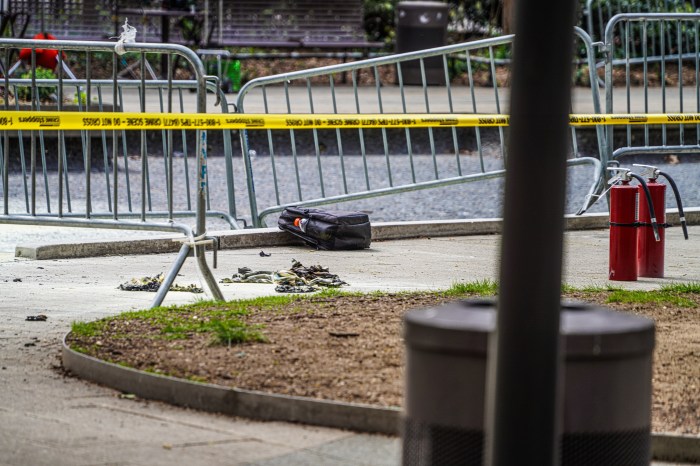By Dustin Brown
Aspiring judges can reach the bench either by election or by appointment, and which method they follow is determined by which court they want to serve on.
Elections are used to select which judges sit in three courts in Queens County — New York City Civil Court, the State Supreme Court and the Surrogate’s Court. The mayor appoints judges to Family Court and Criminal Court, while the governor makes appointments to the state Court of Appeals and the Appellate Division.
The prerequisite is that candidates have been admitted to practice as attorneys in the state for at least 10 years.
Although the surrogate is only a single position — filled for more than a decade by Robert Nahman — a handful of vacancies typically appear every year in Civil Court and Supreme Court, which the Democratic Party inevitably gets to fill with its handpicked choices.
Civil Court candidates follow the same procedure as any candidate for political office: they file petitions with the city Board of Elections, run a primary if opponents crop up within the same party and ultimately land on the November ballot.
But the Queens County Democratic Organization endorses candidates for every civil court vacancy at its designating meeting in May, and few insurgents have stepped forward in recent years to challenge the party’s choice. This means primary elections are a rare event.
On the Supreme Court level, every political party holds a judicial convention in September to nominate candidates for all vacant positions, which are filled in the general election.
Supreme Court judges serve 14-year terms at an annual salary of $136,700. The salary in Civil Court is $125,600, and judges are elected to 10-year terms.
The Civil Court is often a stepping stone to the State Supreme Court, and its judges are frequently tapped by the Democratic Party to ascend to the higher court.

































